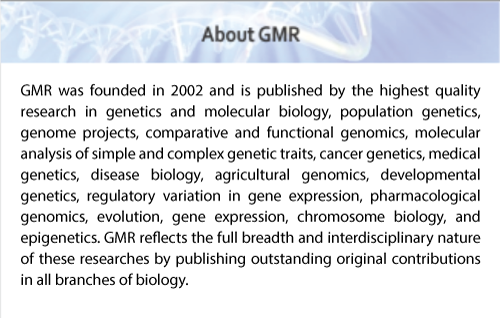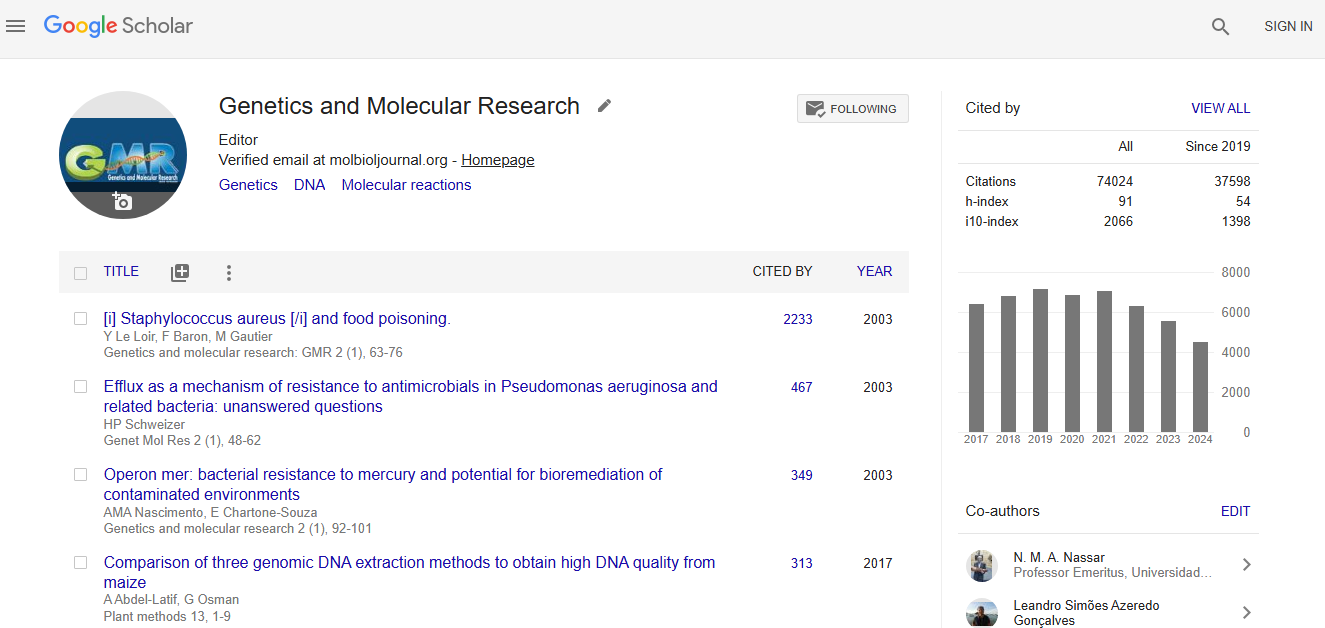Abstract
Immunoexpression of HPV 16/18 E6 and E7 oncoproteins in high-grade cervical squamous intraepithelial lesions in HIV-positive women
Author(s): L.C. Rodrigues1, N.M. de Gois Speck1, G.R. de Azevedo Focchi2, M.A. Schimidt1, R.M. Marques3 and J.C. Lascasas Ribalta1The aim of this study was to assess the immunoexpression of human papillomavirus genotypes 16 and 18 (E6 and E7) oncoproteins in cervical high-grade squamous intraepithelial lesions (HSIL) of human immunodeficiency virus (HIV)-positive women. These results were also compared to the persistence and/or recurrence of lesions after loop electrosurgical excision procedure. Cervical samples from 158 patients were divided into three groups according to the presence or absence of HSIL in women who were or were not HIV-positive. By using the tissue microarray technique, immunohistochemistry was performed to analyze the expression of HPV 16/18 E6 and E7 oncoproteins. Cervical samples from 95 HIV-positive women and 63 HIV-negative women were studied. A statistically significant difference was found in the immunoexpression of E6 and E7 oncoproteins in samples from HIV-positive women with HSIL and that of women with non-neoplastic tissue (P The aim of this study was to assess the immunoexpression of human papillomavirus genotypes 16 and 18 (E6 and E7) oncoproteins in cervical high-grade squamous intraepithelial lesions (HSIL) of human immunodeficiency virus (HIV)-positive women. These results were also compared to the persistence and/or recurrence of lesions after loop electrosurgical excision procedure. Cervical samples from 158 patients were divided into three groups according to the presence or absence of HSIL in women who were or were not HIV-positive. By using the tissue microarray technique, immunohistochemistry was performed to analyze the expression of HPV 16/18 E6 and E7 oncoproteins. Cervical samples from 95 HIV-positive women and 63 HIV-negative women were studied. A statistically significant difference was found in the immunoexpression of E6 and E7 oncoproteins in samples from HIV-positive women with HSIL and that of women with non-neoplastic tissue (P
Impact Factor an Index

Google scholar citation report
Citations : 74024
Genetics and Molecular Research received 74024 citations as per google scholar report
